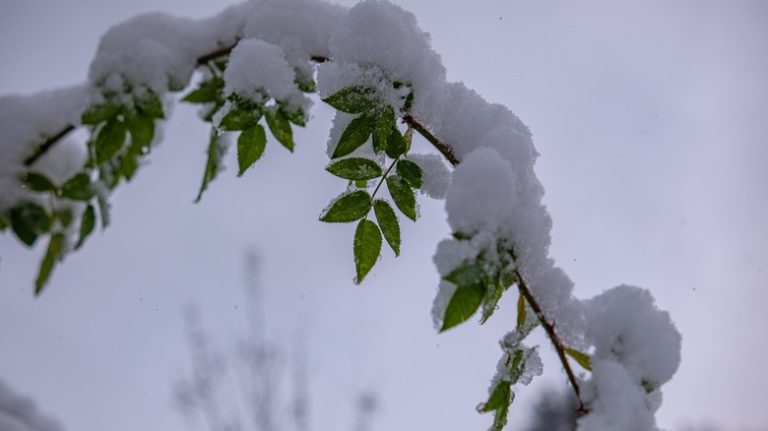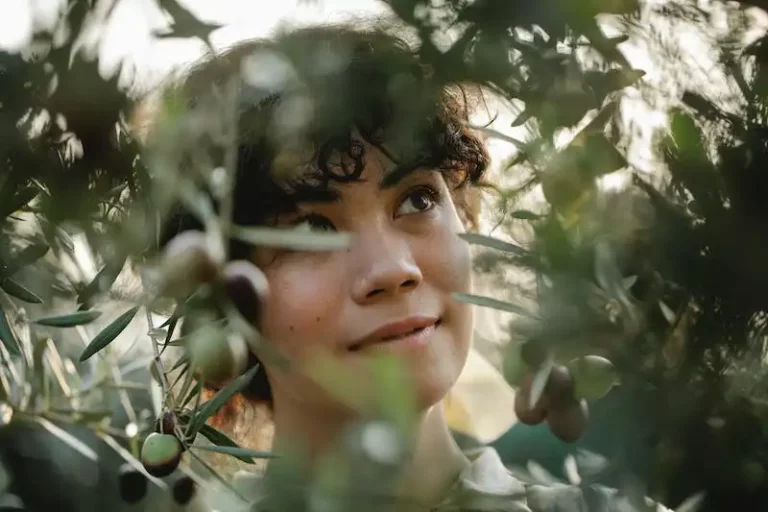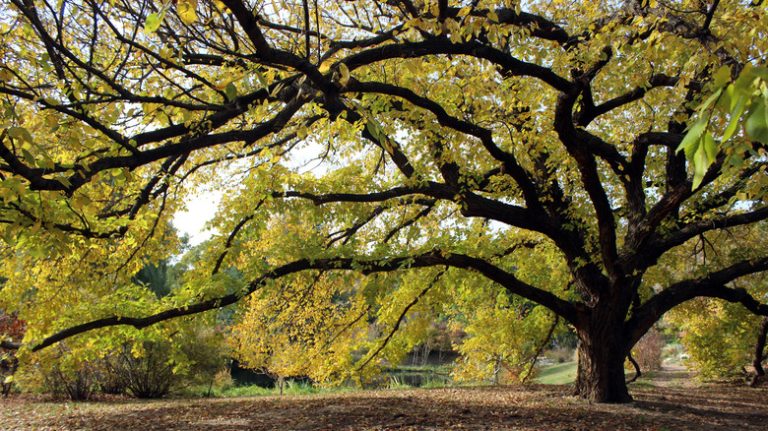Flowering cherry trees, also known as Japanese cherry trees, are a popular choice for residential gardens due to their beautiful blooms and graceful habit. These trees belong to the rose family and come in a variety of cultivars, each with its own unique bloom time, flower color, and foliage. They are best known for their stunning display of flowers in shades of pink, white, and bronze-green, which often cover the entire tree when in full bloom.
When it comes to care, flowering cherry trees are generally low-maintenance plants. They prefer full sun and well-drained soil, but can adapt to various soil types. It is important to plant them in a location with good air circulation, as this will help prevent fungal problems. Proper fertilization and pruning are also important to ensure healthy growth and abundant blooms.
One of the most common problems with flowering cherry trees is declining health, which can be caused by a variety of factors. Poor soil conditions, such as compacted or poorly drained soil, can restrict root growth and lead to stunted growth and poor blooming. Insects, such as borers, can also cause damage to the tree, leading to decline. Cankers, which are areas of dead bark, can also be a problem, especially in mature trees. To manage these issues, it is important to follow proper care practices and regularly inspect the tree for any signs of problems.
If you are experiencing issues with your flowering cherry tree or simply want to learn more about how to care for it, the following pages provide helpful information and resources on pruning, fertilization, and troubleshooting common problems. Whether you are a beginner gardener or an experienced horticulturist, you will find valuable tips and advice to ensure your flowering cherry tree thrives and continues to delight you with its beautiful blooms.
Kwanzan Flowering Cherry
The Kwanzan flowering cherry is a stunning variety of the Japanese flowering cherry. It is known for its abundant double-pink flowers that bloom in late spring, creating a beautiful display in gardens and parks.
Unlike other cherry tree varieties, Kwanzan flowering cherry trees are less prone to diseases and pests. They are moderately resistant to diseases such as borers and cankers, which are common causes of stress and damage in cherry trees. Their disease-resistant nature makes them a popular choice for home gardens and public parks.
When planting a Kwanzan flowering cherry tree, it is important to choose a location with well-drained soil and full sun exposure. These trees tend to thrive in USDA hardiness zones 5 to 9, although they can tolerate colder temperatures with some frost protection.
The care for Kwanzan flowering cherry trees includes regular watering, especially during dry periods, to keep the soil moist but not waterlogged. Proper fertilization, pruning, and protection from mechanical damage are also essential to promote healthy growth and prevent issues such as root rot and cankers.
Young Kwanzan flowering cherry trees may require staking for support as they tend to have a narrow, upright growth habit. As they mature, the trees develop a spreading canopy with a width of up to 25 feet, making them a wonderful addition to residential gardens and landscapes.
Kwanzan flowering cherry trees are often used as bonsai plants due to their beautiful blooms and compact size. The trees can be kept smaller through regular pruning and root pruning. Pruning should be done in late winter or early spring to maintain the tree’s shape and remove any damaged or crossing branches.
If you are experiencing any issues with your Kwanzan flowering cherry tree, consult the FAQ section below for troubleshooting tips:
| Issue | Solution |
|---|---|
| Yellowing leaves | Check the soil moisture and adjust watering as needed. Make sure the tree is receiving enough sunlight. |
| Caterpillars on leaves | Inspect the tree for caterpillars and remove them by hand or use an organic pest control method. |
| Black spots on leaves | These spots may indicate a fungal disease. Prune affected branches and apply a fungicide as directed. |
| Brown cankers on branches | If the cankers are small, prune the affected parts. For larger cankers, consult a professional arborist for help. |
| Root rot | Improve drainage around the tree by ensuring the soil is not waterlogged. Provide adequate air circulation and avoid overwatering. |
By following these care tips and addressing any issues promptly, you can enjoy the beauty of Kwanzan flowering cherry trees in your garden for years to come.
Image credits: Alamy, Shutterstock
Flowering Cherry Trees
Flowering cherry trees, also known as cherry blossoms, are popular ornamental trees that are admired for their beautiful blooms. These trees can add a touch of elegance and beauty to any landscape, and they are often planted in parks, gardens, and other public spaces to create a stunning visual display.
However, like any other plant, flowering cherry trees can experience problems that can negatively affect their growth and appearance. It is important to troubleshoot any issues that may arise to ensure that the trees remain healthy and continue to bloom year after year.
One common problem with flowering cherry trees is improper spacing. These trees need to be planted at least 15 to 25 feet apart to allow for proper root growth and canopy development. Planting them too closely together can cause them to compete for light, water, and nutrients, which can stunt their growth and cause them to decline.
Another common cause of declining health in flowering cherry trees is pests and diseases. Cherry trees can be susceptible to various pests, such as caterpillars and borers, as well as diseases like wilt and leaf spot. It is important to identify and treat these issues promptly to prevent further damage to the trees.
Proper care and maintenance of flowering cherry trees is also crucial for their health and longevity. These trees benefit from regular watering, especially during dry periods, as well as regular fertilization. They also require a well-draining soil and should be planted in an area that receives full sunlight.
Pruning is another important aspect of cherry tree management. Regular pruning helps to maintain the tree’s shape and size, as well as promote better air circulation and sunlight penetration. Pruning should be done in late winter or early spring, before the tree begins to bloom.
In addition to their stunning blooms, flowering cherry trees also provide other benefits. They attract wildlife, such as birds and butterflies, and their foliage can offer shade during the hot summer months. Some varieties of cherry trees even produce small fruit, although they are not typically used for culinary purposes.
Flowering cherry trees are well-suited for a wide range of climates and are typically hardy in USDA zones 6-8. However, they can be sensitive to extreme temperatures and frost, which can damage their buds and flowers. Proper protection should be provided during cold spells to prevent any potential damage.
In conclusion, flowering cherry trees are a special addition to any landscape. Their beautiful blooms, along with their foliage, attract attention and create a lovely visual display. Proper care and maintenance are essential to keep these trees healthy and thriving, allowing them to bloom year after year.
Zones
Flowering cherry trees are native to various zones and can be found in different landscapes around the world. These trees, including the Japanese flowering cherry, are known for their beautiful blooms and are often planted in botanical gardens, esplanades, and Japanese gardens. They grow best in zones 5 to 8, although some varieties can tolerate other zones as well.
When planting cherry trees, it is essential to consider the specific zone you are in and choose a variety that is suitable for that zone. Certain diseases and insects tend to thrive in particular zones, so selecting a disease-resistant variety can help ensure a healthy tree. Additionally, certain abiotic factors such as soil conditions, watering habits, and temperature variations can affect the growth and health of cherry trees.
In zones where frost and cold temperatures are common, it is crucial to select cherry tree varieties that can withstand these conditions. Some cherry trees, such as the American flowering cherry, are more tolerant of colder climates and can still bloom beautifully in early spring. However, in areas with hot and dry summers, it is important to choose varieties that can withstand drought and heat stress.
Examining the local landscape and taking note of other cherry trees in the area can provide valuable insights into which varieties are most suitable for your zone. Consulting with local experts or visiting a nursery can also help you make informed decisions about planting cherry trees in your garden.
Cherry trees are susceptible to various diseases and pests, including cankers, bacterial pathogens, borers, caterpillars, and various insects that can damage foliage, fruit, and overall tree health. Regular pruning, proper watering, and good soil management can help prevent disease outbreaks and minimize the impact of pests.
Flowering cherry trees, both in the wild and in gardens, attract wildlife, offering food and habitat for birds and insects. Their beautiful blooms and vibrant foliage make them popular ornamental trees, enhancing the aesthetic appeal of any landscape.
Whether planted for their stunning spring blooms or their year-round beauty, flowering cherry trees add a touch of elegance and charm to gardens and public spaces. With proper care and attention to the specific needs of your zone, these trees can thrive and provide a wonderful sight for years to come.
For more information about flowering cherry trees and their specific varieties for different zones, please visit our Flowering Cherry Trees Zones page.




